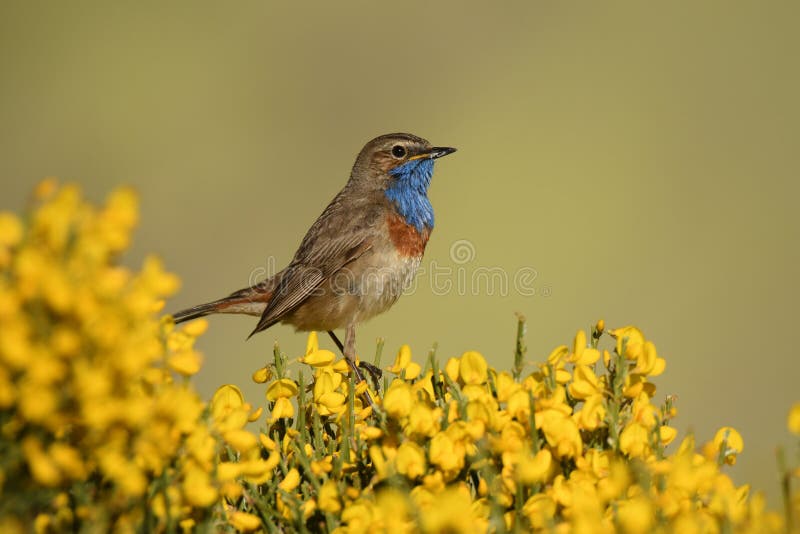

Wooly aphids on spanish broom manual#
Physical methods include both manual and mechanical methods. Weed control involves three fundamental objectives: prevention, eradication and control.įrom a practical viewpoint, methods of weed management are commonly categorized as follows: physical, thermal, managerial, biological, and chemical. Goats are also effective in controlling re-establishment of broom. Planting of tall growing shrubs or trees in or near broom stands may aid in reducing photosynthesis in broom plants and possibly lead to their demise. Research by Williams (1983) suggests that broom stands are early successional in nature and can be replaced by later seral stages if left undisturbed. Improper use of broadcast burning may contribute to a re-invasion of broom. Soil disturbance should be kept to a minimum as it provides bare soil which is very conducive to broom seedling establishment. With proper management, areas infested with the weedy brooms may be restored to more desirable vegetation. This weed was nominated as a subject for an Element Stewardship Abstract by the preserve manager from Santa Cruz Island. Spanish broom is the least widespread broom in California and has not significantly invaded native vegetation. MANAGEMENT/MONITORING Management Requirements Beyond vague statements about the copious production of hard coated seeds which may remain viable for many years, there is almost no information available about seed production, dispersal, viability, germination, or seedling establishment. Seeds germinate readily without any pretreatment, but scarification gives greater germination results. Spanish broom may reproduce by seeds or by stump sprouting. No information was available describing the optimal physical environment for Spanish broom, but it may be similar to Scotch broom. It is known from fourteen counties in scattered localities throughout coastal California, where it spreads aggressively in waste places and along roadsides. Of the three brooms that have naturalized in California, Spanish broom is the least widespread and is considered less of a problem than the other two, Scotch and French. Mobley (1954) described the plant as having escaped cultivation and become naturalized in El Dorado County. Beginning in the late 1930s Spanish broom was being planted along mountain highways in southern California. It was the first broom to arrive in California, being offered in San Francisco nurseries in 1858.

Spanish broom is native to the Mediterranean region and the Canary Islands. Each seed has a basal strophiole (appendage at the hilum). The linear pods are 5-10 cm long, more or less strigose, compressed, and many seeded. The stamens are monadelphous (united by their filaments forming a tube around the gynoecium). This may be contrasted with the two-lipped calyx of Cytisus monspessulanus. The calyx is split above, hence one-lipped, with 5 minute teeth. The banner and keel are longer than the wings, and the keel is pubescent along its lower edge. The fragrant yellow flowers are borne in loose terminal racemes, unlike those of Cytisus scoparius which are usually solitary in the axils. The oblance-oblong or narrower leaves are 1-3 cm long. The alternate leaves are simple, entire and more or less strigose, having short petioles. The shrub is virgately branched and contains no spines, unlike gorse ( Ulex europaeus). Spartium junceum is a perennial shrub, up to 3 m high, with long, slender, leafless or few-leaved, green, rushlike branchlets. The following description of Spartium junceum is adapted from Munz and Keck (1973). Dry summer plants create a severe fire hazard. Like other broom species, it offers strong competition to other plants and contributes to increased maintenance costs on lands where it becomes established. junceum is adapted to dryer sites where its lack of leaves and thick waxy stems resist dessication.

Fruit Seeds can remain viable in soil for more than 80 years. Flowers The fragrant yellow flowers are borne in loose terminal racemes, unlike those of Cytisus scoparius which are usually solitary in the axils. Foliage Spanish broom has long, slender, leafless or few-leaved, green branches. Spartium junceum, Spanish broom Overview Appearance Spartium junceum is a perennial shrub, that can grow up to 9.8 ft.


 0 kommentar(er)
0 kommentar(er)
